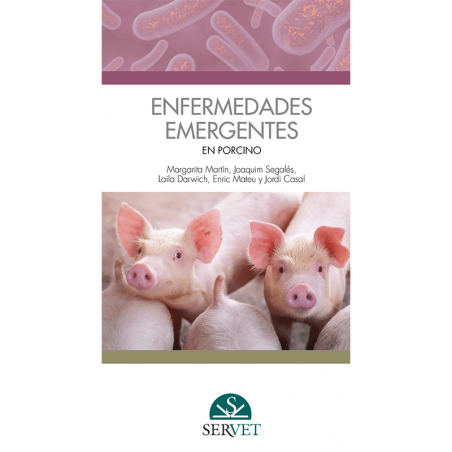Brachyspira hyodysenteriae, the organism that causes swine dysentery, had been thought to have been eradicated thirty years ago. Researchers with the University of Saskatchewan in partnership with the Canadian Swine Health Board are working to characterize and control an infection that appeared in late 2009, causing similar symptoms.
Dr. Joe Rubin, a doctor of veterinary medicine with the University of Saskatchewan, says we now know Brachyspira 30446 is a new species distinct from other species of Brachyspira and it does cause infection.

Clip-Dr. Joe Rubin-University of Saskatchewan:
What we don't know, particularly with our new strain, that Brachyspira 30446, is what the infectious dose is and the reason for that is we don't know how many organisms it takes to actually make a pig sick.
Thursday July 5, 2012/ University News/ Canada.
http://www.universitynews.org







